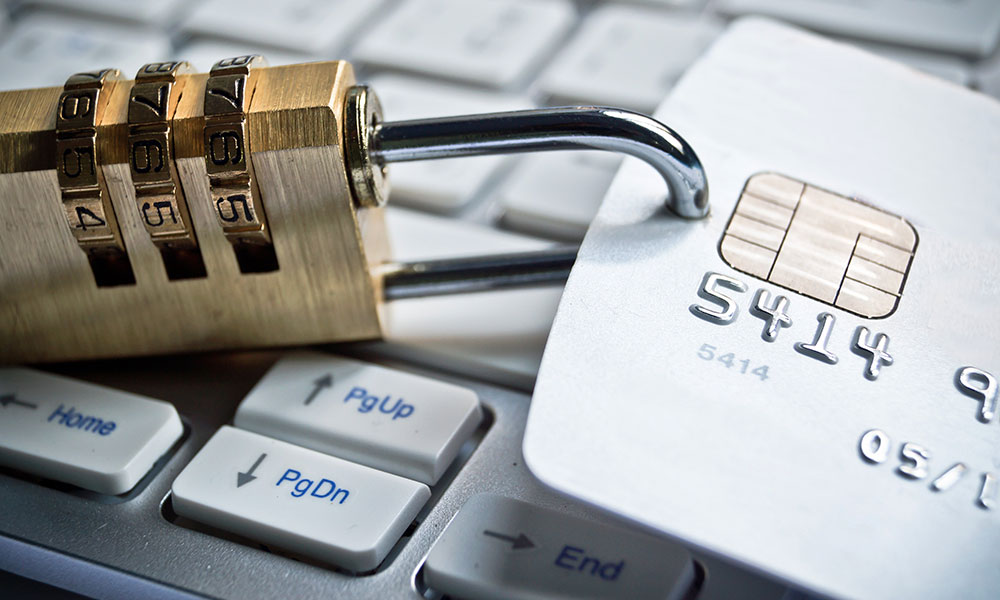Expert discusses ways to reduce or avoid being victim of fraud and scams
By Steve Yablonski
During the months of the pandemic, more and more people have gone to online shopping. Credit card use is also high among college students, especially freshmen who are experiencing financial independence for the first time.
However, the risk of fraud and scams has also spiked.
“There is evidence that fraud has increased significantly, especially because of the shift to online shopping. Fraudsters are impersonating businesses through fake sites, emails and phone calls,” according to Mason Miranda, a credit industry specialist with Credit Card Insider.
There has also been a rise in coronavirus-related scams, like asking people for bank account information for stimulus payments or to pay for vaccinations, he added.
“Keep in mind that fraudsters need specific information in order to steal your money. That includes your credit card information, Social Security number, date of birth, rent or mortgage amount or your full name,” he warned. “Never divulge any personal information.”
According to a study by Credit Card Insider, there were some interesting statistics for New York, Miranda said.
• There were a total of 67,202 reported identity theft cases in 2020, which is an 84.93% increase from 2019
• Total fraud losses were more than $169 million
• Identity theft made up for 28% of all types of fraud reported
• The top forms of identity theft included: credit card fraud (37%), government documents and benefits fraud (23%)
Red Flags
There are a number of different ways that scammers can get your credit card information. There are some common ones that everyone should be aware of.
“Thieves can send a message via text, email or social media with a link they hope you’ll click. These messages are often out of the blue, include grammatical errors, have irregular formatting or come from an unknown sender,” Miranda said.
• Pay attention to the email address, name or phone number you receive these messages from. If you don’t know them, delete the message immediately. Never click any links unless you’re absolutely sure of the sender.
• Most messages are geared toward scaring or exciting you into giving up your personal information. It can be anything from winning a raffle you never signed up for, to threatening civil action for something you never did.
• Verify where the message came from and if it seems legitimate, take a minute to do research before entering in your information. Google the company it came from, search to see if anyone else has received a message like it, and find all the information you can.
• Never enter your payment or personal information if you don’t trust the sender. Create accounts with unique usernames and passwords.
“It’s convenient to reuse passwords and usernames from other accounts, but this could give easy access to your credit card information,” Miranda said. “If your account was hacked on another site, like Amazon or Netflix with the same information, fraudsters could use that to log into your bank account.”
If you have an iPhone, take advantage of its password creator, which automatically generates a complicated password and saves it with your username to your phone, which is also protected, he added.
It’s a good idea to check your credit card statements monthly for unauthorized transactions. If you find anything fishy, contact your card issuer immediately.
Miranda advises finding a credit card issuer that goes above and beyond safety expectations. Some things to look for include contactless payments, fraud alerts via text or email, chip technology and location tracking.
Contactless credit cards are excellent alternatives to avoid skimmers and shimmers, which are devices that read your credit card information when you swipe or insert your card at a payment terminal.
Add additional security at checkout by using mobile wallets, such as Apple Pay, or digital wallets like PayPal. Both mask your credit card numbers with temporary information, in a process called tokenization. This makes it more difficult for thieves to steal your account information.



